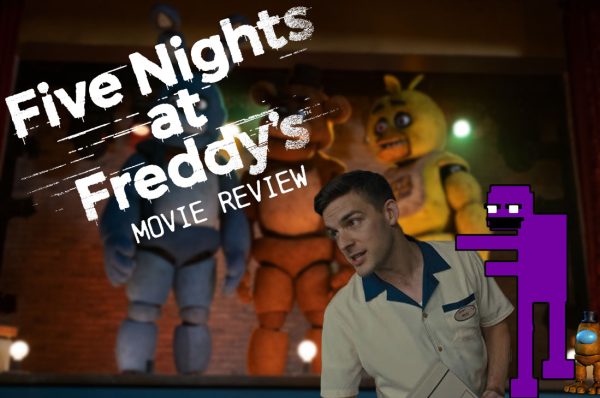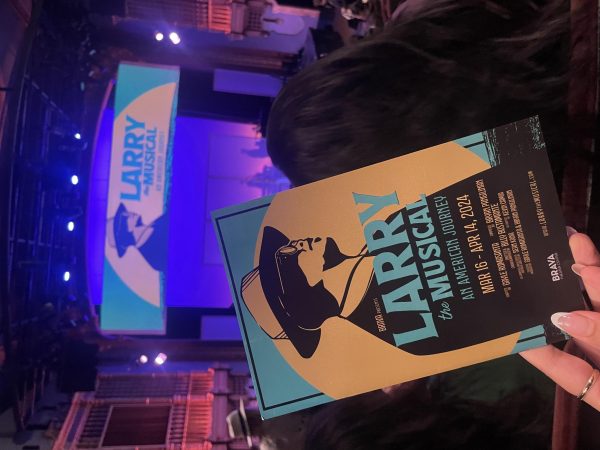Is weird the new normal?
The 20th century has seen many generational subcultures- there were the flappers, the beatniks, the hippies, the punks, the goths, and the rave kids. Now that the 21st century is here, the most recent culture, known as the “hipster” trend, is arguably just a rehashing of past trends. The hipster subculture is perhaps the broadest and hardest to define with advertisers finding that young people today, hipsters or not, require completely different marketing strategies than past generations.
The defining irony behind the hipster trend compared to past subcultures is that nobody wants to be labeled a hipster. By definition, hipsters don’t want to be considered hipster since the label is typically given to people trying valiantly but unsuccessfully to stick out from the crowd and be individuals. They are not people who want to be part of a group, but beyond groups.
According to Soledad McCarthy who teaches business and fashion at Skyline, the most concise definition for hipsters is “people trying to be so different and ironic that they wind up recreating the same image.”
“There’s always been some term,” Celia Canfield, business professor at Skyline said. “Each generation feels they’re defining the world in their terms. None of this stuff is new.”
However, she also notes that a great deal of what we’re seeing today has to do with past trends coming back and with older generations trying harder to stay current and relevant, which leads to teenagers listening to The Beatles and middle-aged people dressing the same as 20-year-olds.
Jeff Fromm, executive vice-president of Barkley, a company which describes itself as a “fiercely independent advertising agency” and works with a variety of large brand names, understands young people’s aversion to the “hipster label.
“Millennials consist of 80 million people” Fromm wrote over email. “Those brands that view them as a narrow, stereotypical archetype are going to fail miserably. Are all Baby Boomers self-centered hippies? Are all Gen-Xers grunge gods? No. They are a diverse group of people that fall into many smaller groups of income, politics, habits, education and behavior. Smart advertisers know the difference.”
Canfield notes that while most young people would say they can’t be swayed, they are just as likely to seek out influences as past generations. Ironically, these defecting youth are some of the biggest “brand evangelists.”
“Millennials would be aghast to know how much they’re manipulated,” Canfield said. “One amusing thing is that social media has redefined brands and marketing. The difference is that millennials are head of the marketing machine, while baby boomers were passive consumers.”
McCarthy agrees and points out that, hipster or not, fashion and other industries are becoming more diverse and individualized overall due to social media and the ability for small businesses to market themselves successfully. This is also true of online stores like Etsy and “fashion incubators” which allow designers to rent space and equipment to get started in the industry for a fraction of the price.
“We’ve taken control over what fashion said, whereas before it was regurgitated to us,” McCarthy said. “Everybody wants to be an individual, which lends to creativity.”














